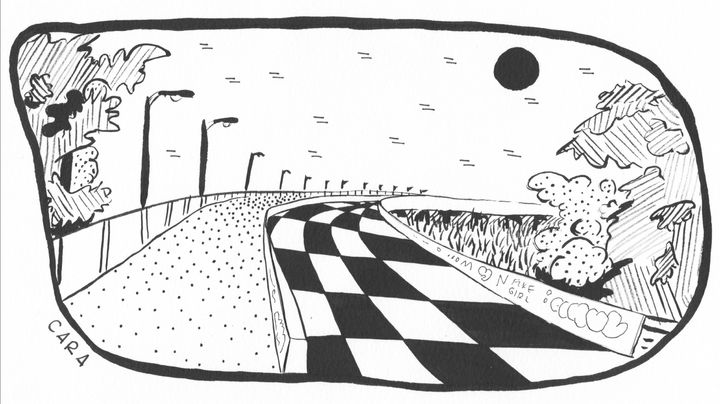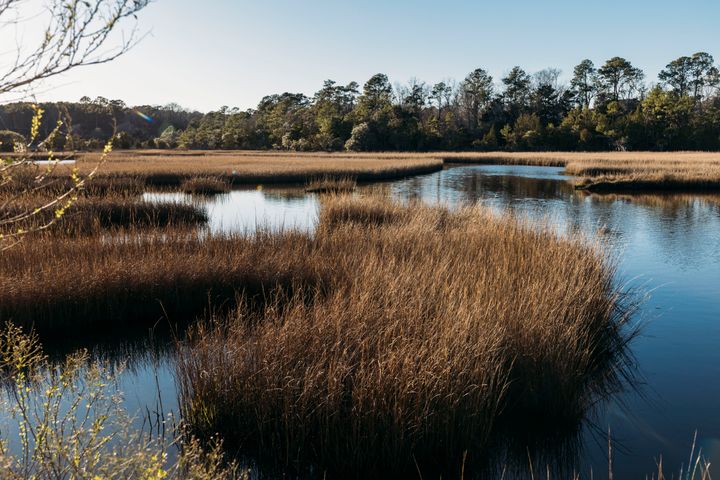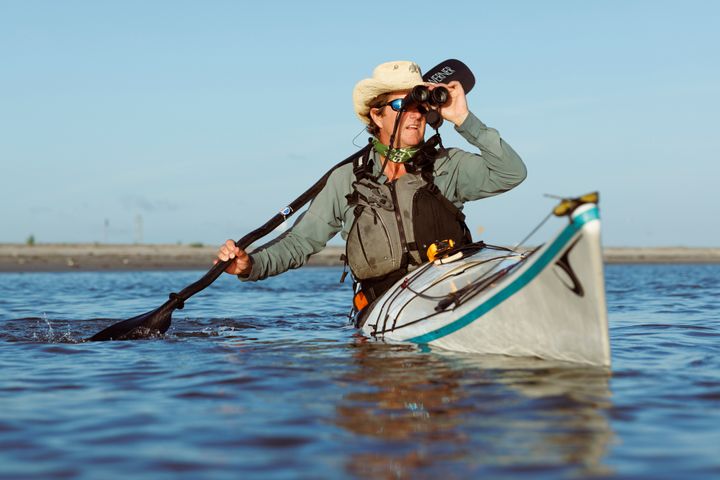Art as Activism: The SC State Parks Artist-in-Residence Program
Georgia Walters got in her truck and left the beach at Edisto State Park. Then she noticed something running across the road, so she slammed on her brakes.
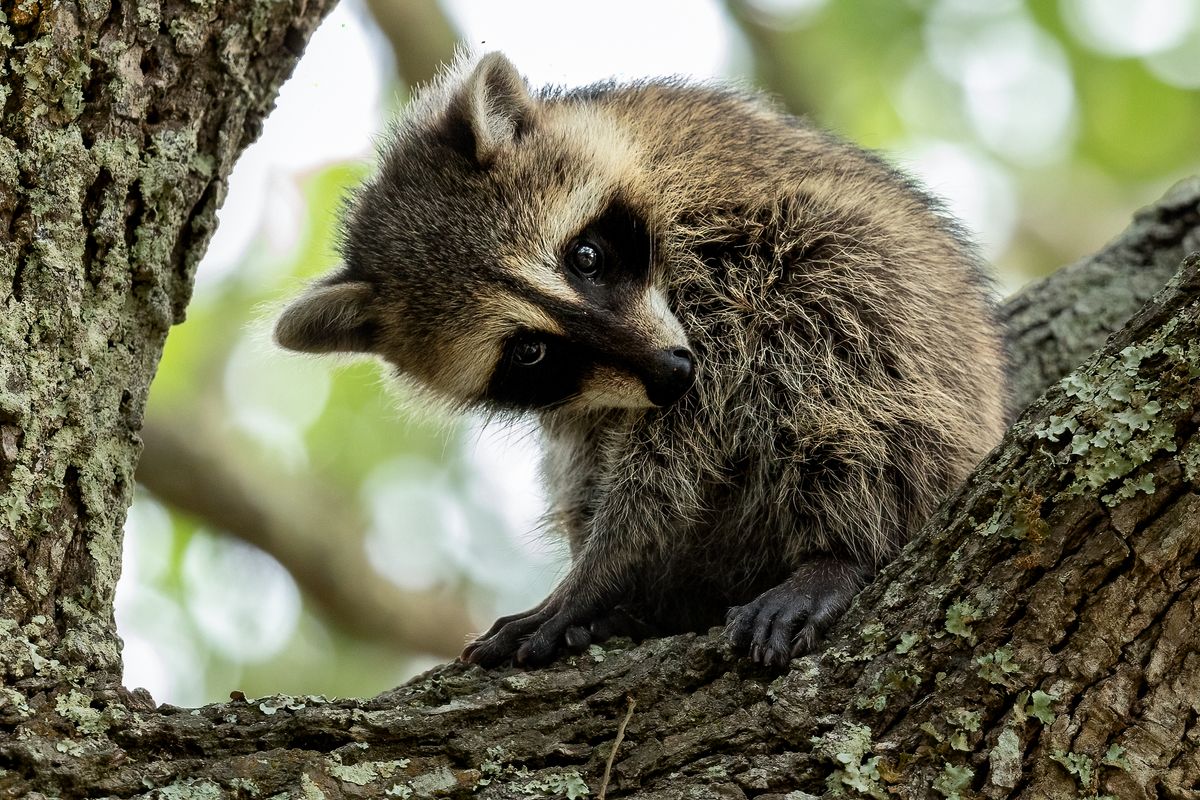
Georgia Walters got in her truck and left the beach at Edisto State Park. Then she noticed something running across the road, so she slammed on her brakes.
“I turned to look and it was a little baby raccoon,” said Walters, a nature photographer. “He ran up into one of the palms and I stood there and photographed him for about an hour and got to observe his mannerisms and the way he does things.”
This was the first time in Walters’ career as a photographer that she was able to photograph a baby raccoon — and it happened here in the Lowcountry. At the time, Walters was an Artist-in-Residence (AIR) with the South Carolina (SC) State Parks.
“The program is an opportunity for artists to enjoy a week at one of our SC state parks and gain inspiration from our natural and cultural resources. In return, the artist provides an original piece of artwork that is displayed in the park,” said Mikaela Grooms, who oversees the AIR Program and also serves as the SC State Parks Marketing Coordinator.
Casey Shoub, also known as the Upstate Outdoor Adventurer, is an aerial videographer and photographer who was also an AIR at Edisto State Park and a frequent visitor to South Carolina’s state parks in his youth.
“State parks are where me and my family vacationed. So overall [the residency] allowed me to reflect on my youth, gave me a chance to connect with nature, and take inspiration from the environment around me,” he said.
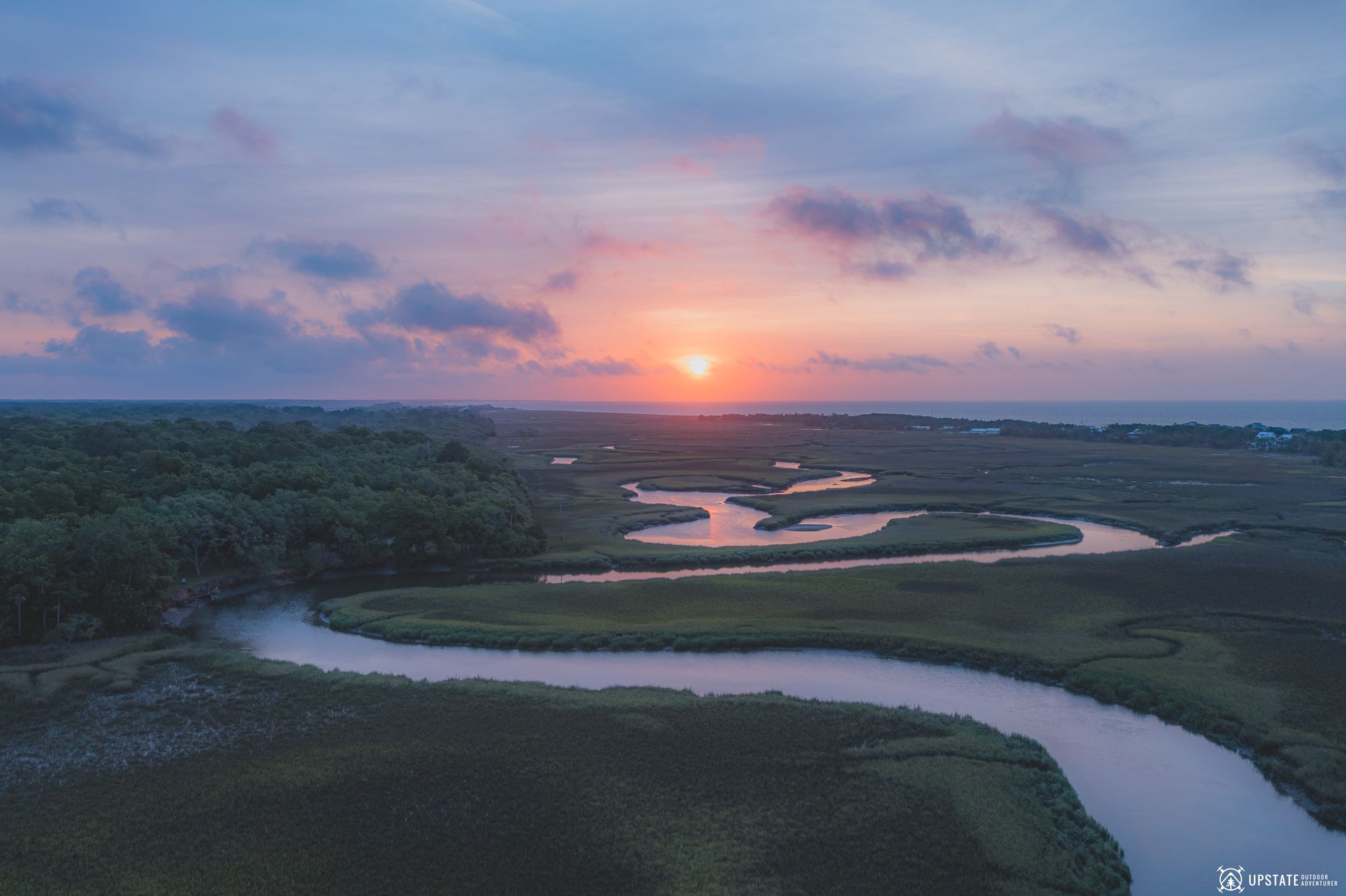
Art, and programs like the State Parks Artist-in-Residence program, provide a way for people to share their stories and experiences with the natural world. In this way, we can all be connected to Walters’ experience with the baby raccoon and Shoub’s eagle-eye aerial shots.
“Every mountain peak, every grain of sand has been an important part of the ecosystem for its area, so we all need to work together to try to protect it whether that means not throwing out trash to make sure that we pull any invasive plants that are growing,” Walters said.
Sharing these photographs, artworks, and experiences is activism. Creative expression is both something we can all take part in and key to thinking about and understanding issues like land conservation, maintaining biodiversity, and climate change.
“I think art can convey many things and situations. In my work I aim to share the beauty of nature in an effort to encourage people to enjoy it, appreciate it, and protect it for us now and those who come after us,” said Shoub.
Artwork and stories connect us to one another, but also to the more-than-human world so we can see its intricacies and power.
“I’ve seen many forms of art that have inspired me in some way...if everybody found a way to put their passion into some form of art, we could create a movement inspiring everybody to protect the planet,” said Walters.
